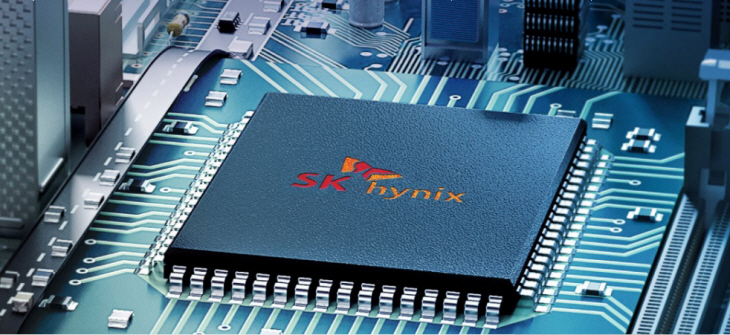PC DRAM has soared since the end of last year…
Even supply disruptions due to disasters such as the US cold wave…

|
|
▲ Image of SK Hynix’s memory semiconductor |
[에너지경제신문 여헌우 기자] DRAM prices have soared more than 50% in three months, raising expectations for the semiconductor’super cycle’ (long-term boom). While spot prices are rising rapidly due to increased demand, various disasters such as the US cold wave will disrupt supply, and the price rally is expected to begin in earnest.
According to market research firm DRAMexchange, the average spot price of PC DRAM (DDR4 8Gb) as of the 24th recorded 4.20 dollars, up 1.21% from the previous day. It has been 1 year and 10 months since April 2019 that the standard DRAM spot price has exceeded 4 dollars.
The spot price for DDR4 8Gb was $2.77 on December 1 of last year. However, as the demand for DRAM for PCs and servers of customers increased, the price started to rise from the end of the year, and the price jumped 51.6% until the day before.
The rise in DRAM spot prices leads to a rise in the fixed transaction price, which is a transaction between companies. Accordingly, it will be a boon for Samsung Electronics and SK Hynix, which have a high market share in the memory semiconductor market.
According to Trend Force, the average fixed transaction price of DDR4 8Gb for PCs increased by 4.84% from the previous month. The server DRAM purchased by cloud companies is also 3~5% higher than the previous delivery.
In the case of DRAM, due to the increase in non-face-to-face demand due to Corona 19, the demand for graphic DRAM for PC and cloud companies as well as for new game consoles is increasing rapidly. Although demand is increasing, major companies such as Samsung Electronics, SK Hynix, and Micron have not invested in facilities, so DRAM prices are expected to rise further in the second quarter.
In the midst of this, there is a prospect that the rise in semiconductor prices will spread to other semiconductors as well as DRAM. It is already predominant in the forecast that NAND flash prices will rise after 2H.
In particular, supply disruption has been realized since the beginning of this year due to the saturation of production lines of global foundry (consigned semiconductor production) companies. Recently, to make matters worse, production has been discontinued due to natural disasters, and supply shortages are intensifying.
Due to the strongest cold wave and blackout in the United States, factories of automotive semiconductor companies such as NXP and Infineon in Austin, Texas, have been shut down for more than a week since the 17th.
Samsung Electronics’ Austin plant, which is known to produce solid state drive (SSD) controllers, RF CMOS image sensors, and home appliance MCUs, has also been shut down. Accordingly, the market is expected to increase prices due to a decrease in the supply of SSDs.
In addition, Taiwan, the world’s largest semiconductor production base, is facing difficulties in semiconductor production as water shortages have intensified due to a severe drought following a recent earthquake. According to foreign media such as Reuters, Taiwan’s TSMC, the No. 1 foundry company, has recently launched a large amount of water purchase to prepare for a drought.
